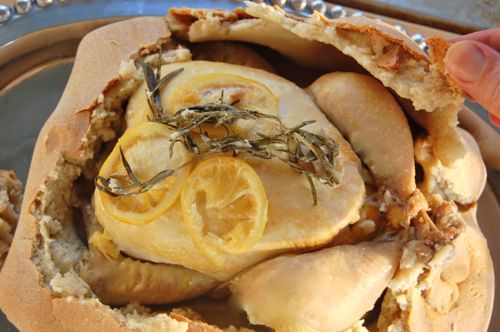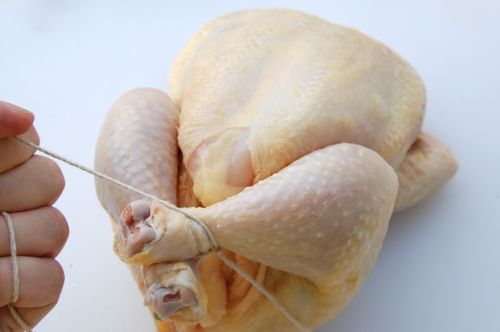A Big Day for Gluten-Free Bakers
I’m constantly fielding requests for gluten-free baking ideas, and constantly letting readers down when I fail to deliver. I don’t get into gluten-free baking much, not because I’m not sympathetic to those who can’t eat gluten, but because there are only so many hours in the day (and I’m under serious pressure to get through the entire classic pastry catalogue before I eventually grow old and die). However I wanted to note that tomorrow marks the release of C4C gluten-free flour. The brainchild of Thomas Keller and culinary researcher Lena Kwak, it’s available from Williams Sonoma starting today.
READ ON

